There are various types of cameras, functioning differently and aiding people in daily life. Some comes forward with aesthetic concerns while others get used for support purposes. One of the cameras among the support category is thermal camera. Recently, one of the functions of thermal cameras has been highlighted due to the drastic earthquakes occured in Turkiye. Rescue teams had been using these devices in order to save earthquake victims under the debris. This being one of the usage areas of them, 10 areas are listed and explained below.
Also See: Why Earthquakes Happen in Turkey?
1) Building Science
Thermal images give physical evidences when something is amiss in houses or commercial buildings, such as leaks or hot spots. Costly repairs are avoidable by utilizing thermal imaging for roof, HVAC, or insulation inspection and moisture detection.
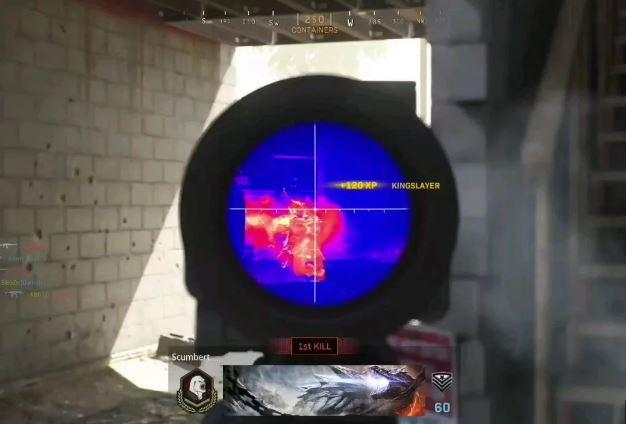
2) Energy
Infrared technology in the energy industry helps professionals see invisible energy and gas. With numerous applications, thermal cameras help operational efficiency and prevent future damage.
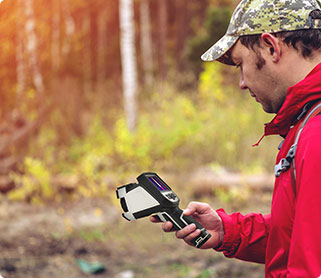
3) Industrial
Thermal imagers are useful to monitor any mechanical and electrical equipment. This includes pressure vessels, weld monitoring, glassware manufacturing, plastic injector molding, and more. Accurately tracking process temperatures with infrared cameras is possible.
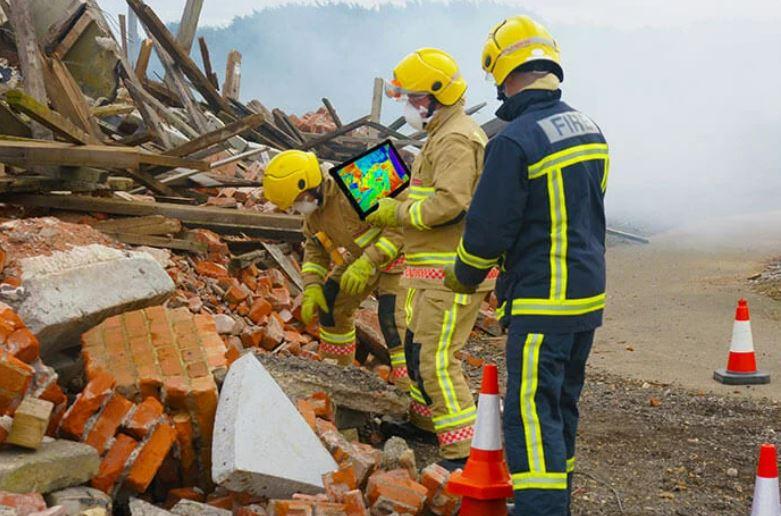
4) Agriculture
Thermal imagery is useful for detecting leaks, clogs, and other irrigation issues, as water cools vegetation. By revealing subtle changes in leaf surface temperature, thermal imagery also helps growers detect pre-symptomatic disease and pest pressures—and respond with more timely and more targeted interventions.
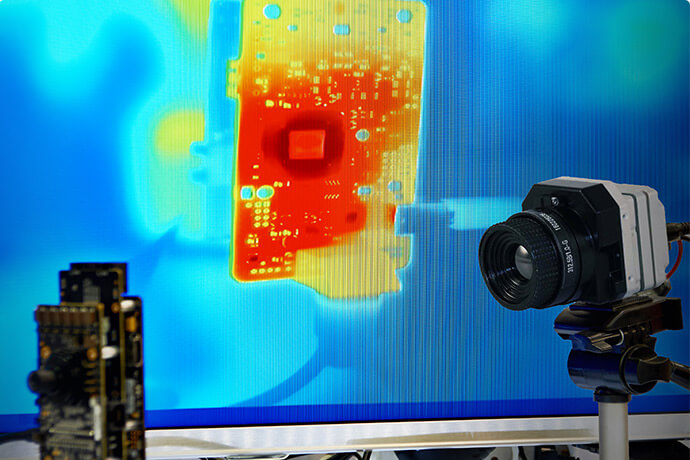
5) Medical
Thermal imaging cameras are instruments capable of creating an infrared image of the human body. With the help of relevant software, they can detect elevated skin temperatures brought on by various external causes. Utilization of thermal cameras in a wide variety of areas within medical practices is possible.
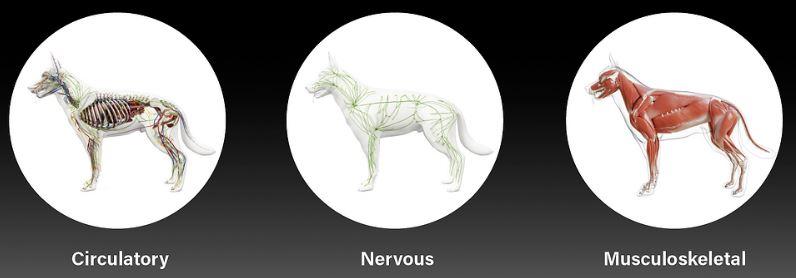
6) Veterinary
Routinely using thermal imaging provides a simple, easy solution to practicing proactive medicine. Thermal imaging uses a highly sensitive infrared camera to measure, compile, and analyze the electromagnetic energy emitted from a patient. Veterinary-specific software converts the temperatures into images where these thermal emissions can be easily visualized. Temperature data directly correlates to changes within the circulatory, nervous, and musculoskeletal systems.
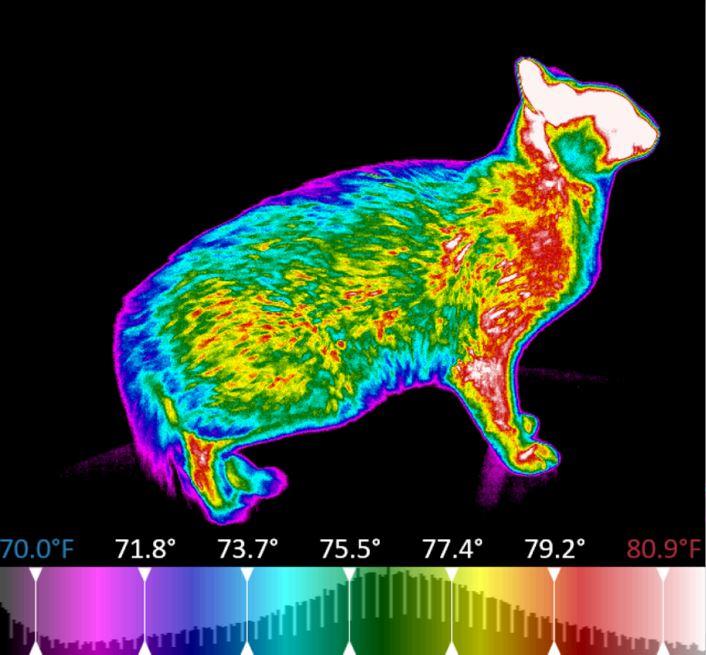
7) Research & Development
Thermal imaging cameras give researchers and developers the ability to study characteristics that are imperative to creating new products. Spotting abnormality in different thermal factors help increase accuracy and efficiency amongst researchers.
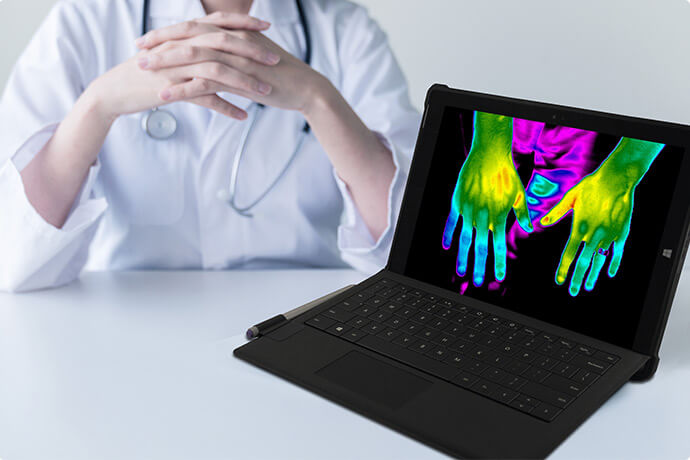
8) Search & Rescue
Infrared thermal cameras are essential in search and rescue for quick informed decisions. By using them, hazardous situations are assessable from a safe distance, before entering. This technology gives users the ability to track movements on properties during all hours of the day and night.
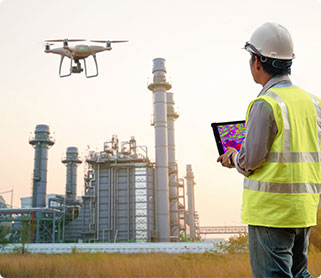
9) Wildlife
The ability to see in the dark is the most beneficial aspect of infrared thermal cameras for hunters and animal conservationists alike. Whether scouting for wild game or evaluating the populace of game in the fields, the possibilities of thermal cameras in wildlife are vast.
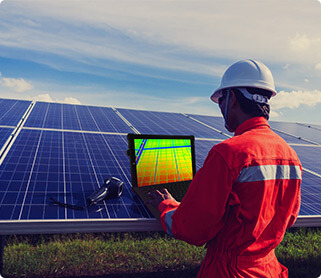
10) Police / Military
Thermal scopes can be attached to the weapons used by police forces or soldiers. They are useful for detecting suspect/enemy actions. Also, some of the shooter-type video games include the feature of attaching thermal scopes to the weapons during the gameplay.
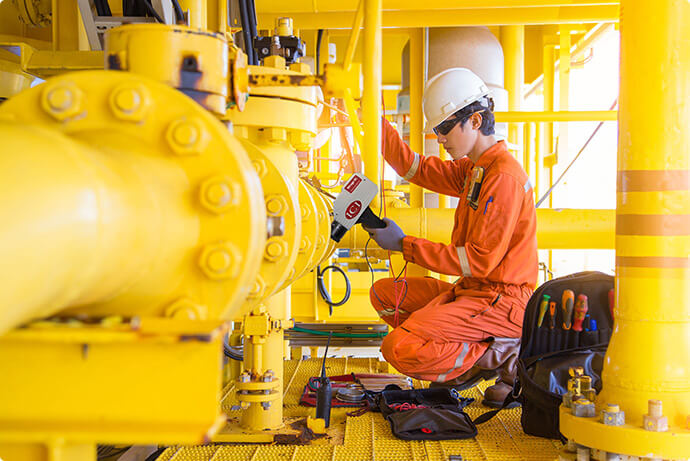
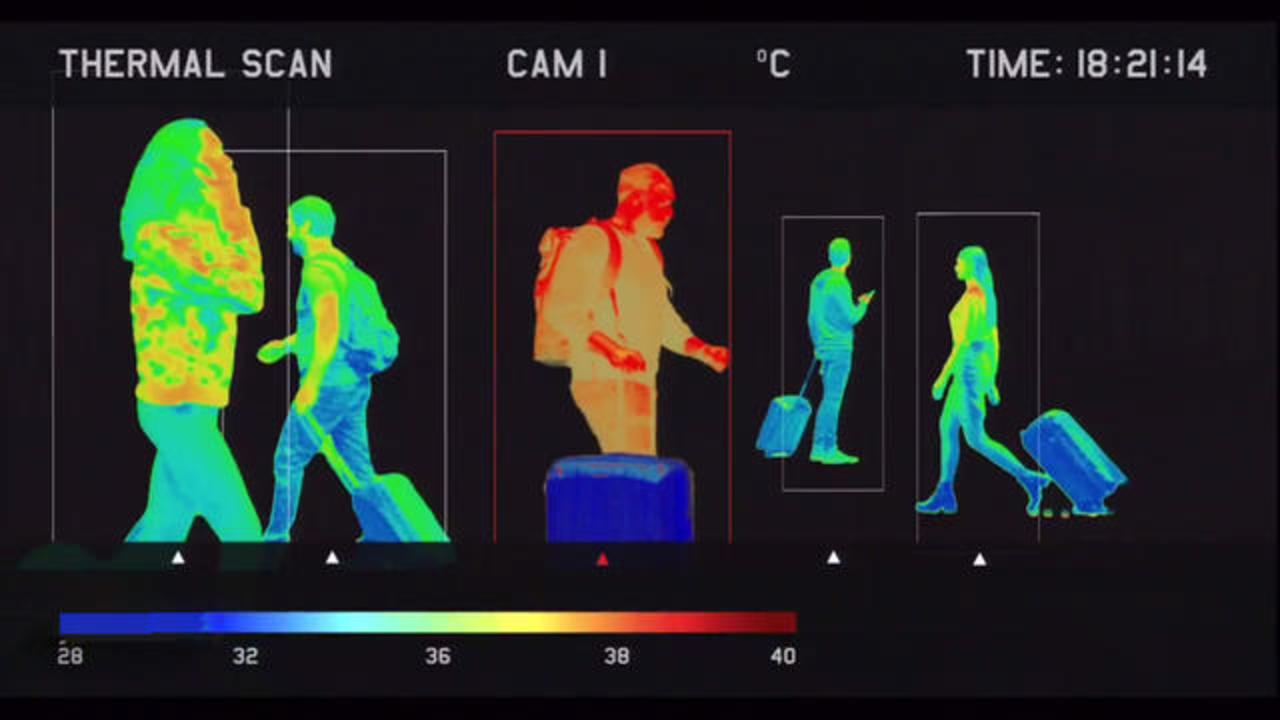
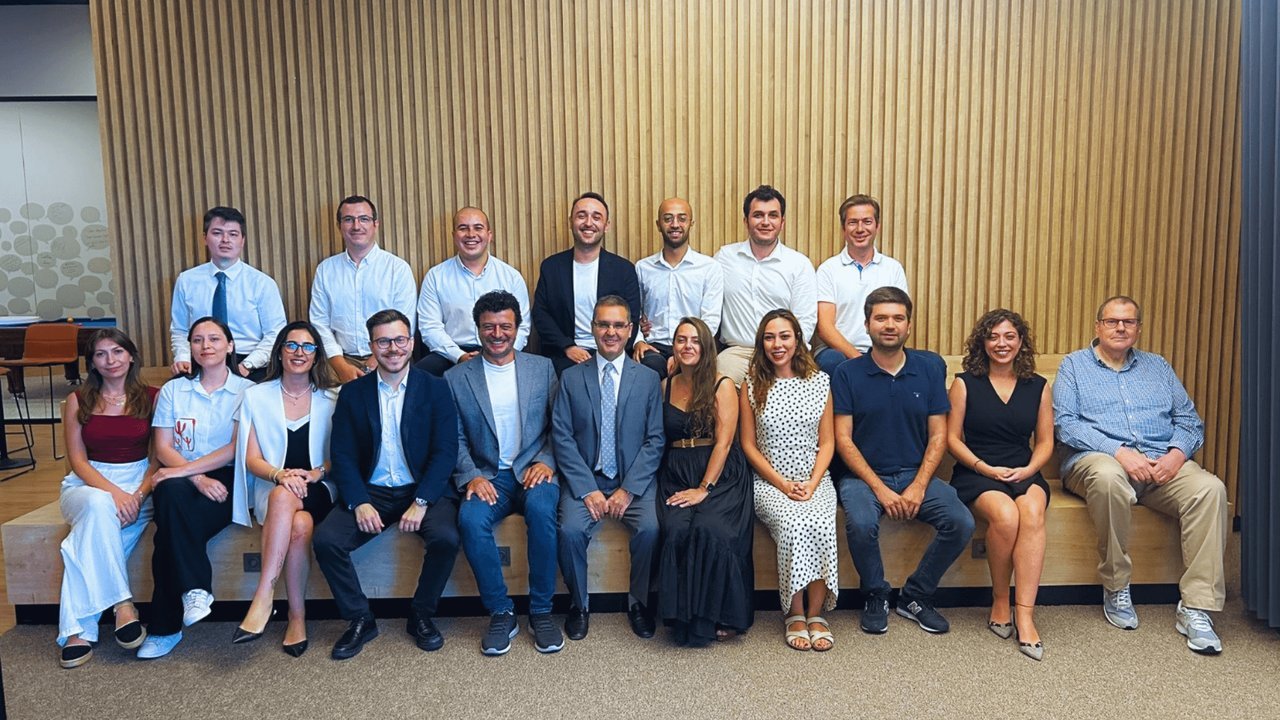

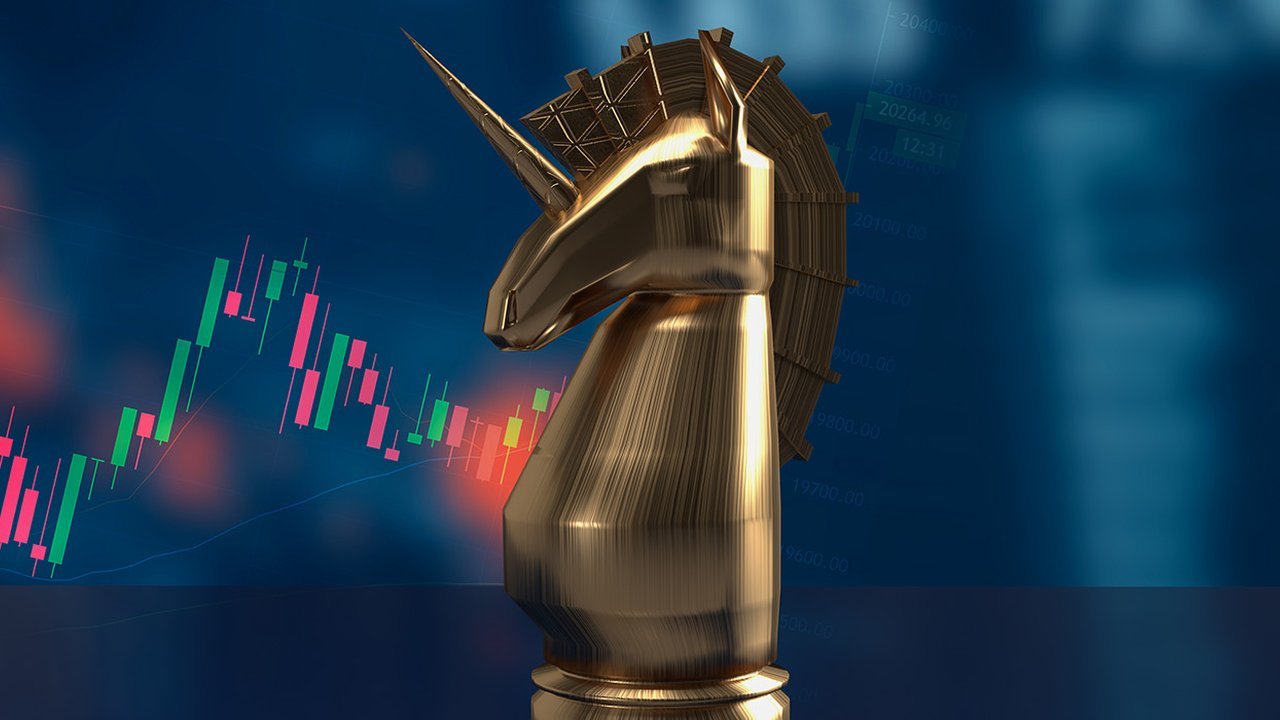

No comments yet for this news, be the first one!...